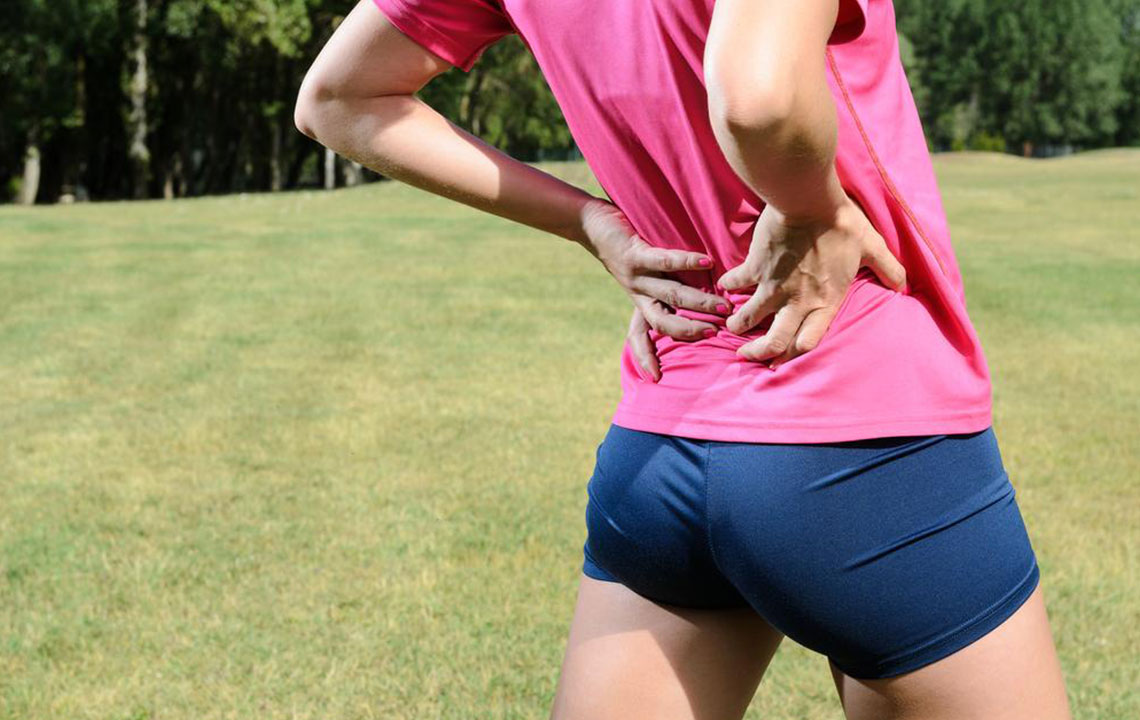Everything You Need To Know About Ankylosing Spondylitis
Everything you need to know about ankylosing spondylitis
Ankylosing spondylitis is a form of arthritis, it is an inflammatory ailment that develops over time and affects the spine. Its prime characteristic is that it reduces the flexibility of the spine. Further, it also impacts the ribs and makes it difficult to breathe. Read on to learn about its causes, symptoms, and treatment.
What are the causes of ankylosing spondylitis?

What are the symptoms of ankylosing spondylitis?
Ankylosing spondylitis symptoms start from early adulthood and affect both men and women. The key symptoms of the disease include:
- Stiffness and pain across the hips and lower back
- Fatigue and neck pain
Which are the most commonly affected body parts in ankylosing spondylitis?
The most commonly affected body parts in this disease are as follows:
- Shoulder joints and hips
- Spine area of the lower back
- Joints between the pelvis and the base of your spine
- Cartilage between ribs and breastbone
- Joints of ligaments and tendons
Who is most prone to ankylosing spondylitis?
- About 0.1% to 0.5% of the total adult population tends to develop ankylosing spondylitis.
- It primarily affects during teenage and then grows. However, it may strike at any age.
- Ankylosing spondylitis is one of the most common ailments among the native American tribes.
Are there any complications linked to ankylosing spondylitis?
- In the advanced stage, the body puts efforts to heal itself by forming new bones. The newly formed bone decreases the gap between vertebrae. This results in inflexibility of the spine.
- Due to spine inflexibility, the regular functioning and capacity of lungs get restricted.
- It may trigger acute eye pain and blurred vision. Also, your eyes become highly sensitive to lights.
- In critical situations, due to the pressure created by a vertebral fracture, the spine may get injured.
- It may lead to cardiac problems.
How is ankylosing spondylitis diagnosed?
The physicians refer to the results of the below-listed procedures while diagnosing ankylosing spondylitis symptoms:
- An X-ray-based scan of the pelvis and the back
- Specific lab tests based on the symptoms
- Findings from the physical examination of the patient
- Measurement of the chest while breathing
What are the treatments for ankylosing spondylitis?
Medical science has been continuously working toward the establishment of a cure for ankylosing spondylitis. Currently, the below treatment methods are being adopted based on symptoms to keep ankylosing spondylitis under control. Such treatments are mainly aimed at improving the functioning of the spine and reduction of discomforts by controlling pain and stiffness.
- Medications – A physician may prescribe anti-inflammatory drugs such as aspirin, ibuprofen, or naproxen to offer relief from pain. Further, doctors also prescribe antidepressants such as duloxetine (Cymbalta) to treat chronic back pain.
- Occupational and physical therapy – If ankylosing spondylitis is diagnosed at an initial stage, physical as well as occupational therapy plays a key role in providing long-term relief.
- Exercise – Doctors often prescribe a daily exercise planner to the patients to minimize the effects of ankylosing spondylitis and risk of disability. Swimming is a great way to treat this ailment.
- Surgery – If the conditions of ankylosing spondylitis cannot be treated by the above methods, doctors may opt for surgery to replace the affected body parts.
What are the preventive measures that one may take to avoid ankylosing spondylitis?
- It is important to quit habits such as smoking and chewing of tobacco products to reduce the impact.
- One must sleep on firm mattresses and avoid bigger pillows under the head and legs.
- Always prefer to sit on armchairs.
- Avoid jumping and falling to safeguard the back and the neck.
If an individual has been regularly experiencing lower back pain which increases gradually and breaks sleep in the morning, they must consult an orthopedic immediately. An early detection plays an important role toward long-term relief.




